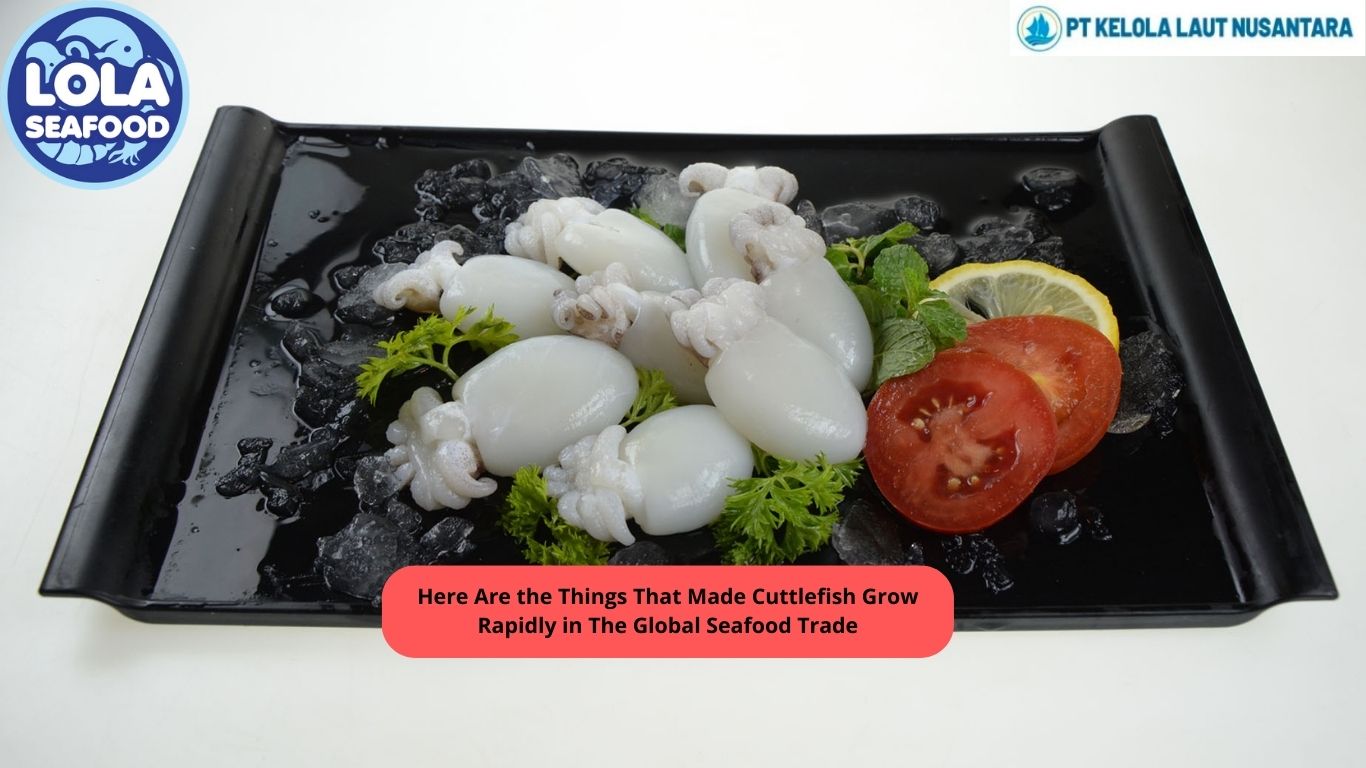8 Essential Nutrition Content in Barramundi
By. Nevanda - 18 Sep 2023
kelolalaut.com - When we talk about fish that is both appetizing and provides great nutritional benefits, barramundi is one name that should not be forgotten. Barramundi is a freshwater and saltwater fish that is popular in Australian, Asian and parts of North American cuisine. It is best known for its succulent meaty flavor and great texture. Here is some information on the nutritional content of barramundi:
1. Protein
Barramundi is a good source of protein. In 100 grams of cooked barramundi meat, you can get about 22-24 grams of protein, depending on the cooking method.
2. Fat
Barramundi contains healthy fats, including omega-3 fatty acids. In 100 grams of cooked fish meat, there are about 1-2 grams of fat. Omega-3 is a type of fat that is good for heart and brain health.
3. Calories
Barramundi tends to be low in calories. In 100 grams of cooked meat, it usually contains about 113-124 calories, depending on the cooking method.
4. Vitamins and Minerals
Barramundi contains a variety of vitamins and minerals, including vitamin B12, selenium, phosphorus, and niacin (vitamin B3). Vitamin B12 is important for nervous system function and red blood cell formation.
5. Iron
This fish is also a good source of iron, which is essential for healthy blood and oxygen transportation in the body.
6. Selenium
Selenium is an essential mineral that plays a role in maintaining healthy cells and thyroid function.
Read also: Expert Tips for Keeping Your Tuna Fresh and Flavorful
7. Vitamin D
Barramundi also contains vitamin D, which is important for bone health and the immune system.
8. Omega-3 Fatty Acids
As mentioned earlier, barramundi contains omega-3 fatty acids, such as EPA (eicosapentaenoic acid) and DHA (docosahexaenoic acid). Omega-3s have significant health benefits, including reducing the risk of heart disease.
As a fish that is low in saturated fat and high in nutrients, barramundi is a good food choice for those looking to maintain heart health and fulfill their daily protein needs. Make sure to cook it using healthy methods, such as grilling, steaming, or cooking with a little oil, to preserve its nutritional benefits.
Read also: Challenges In Modern Sea Cucumber Farming
.jpg)
 (1).png)


.jpg)
.jpg)
.jpg)

 (3).png)